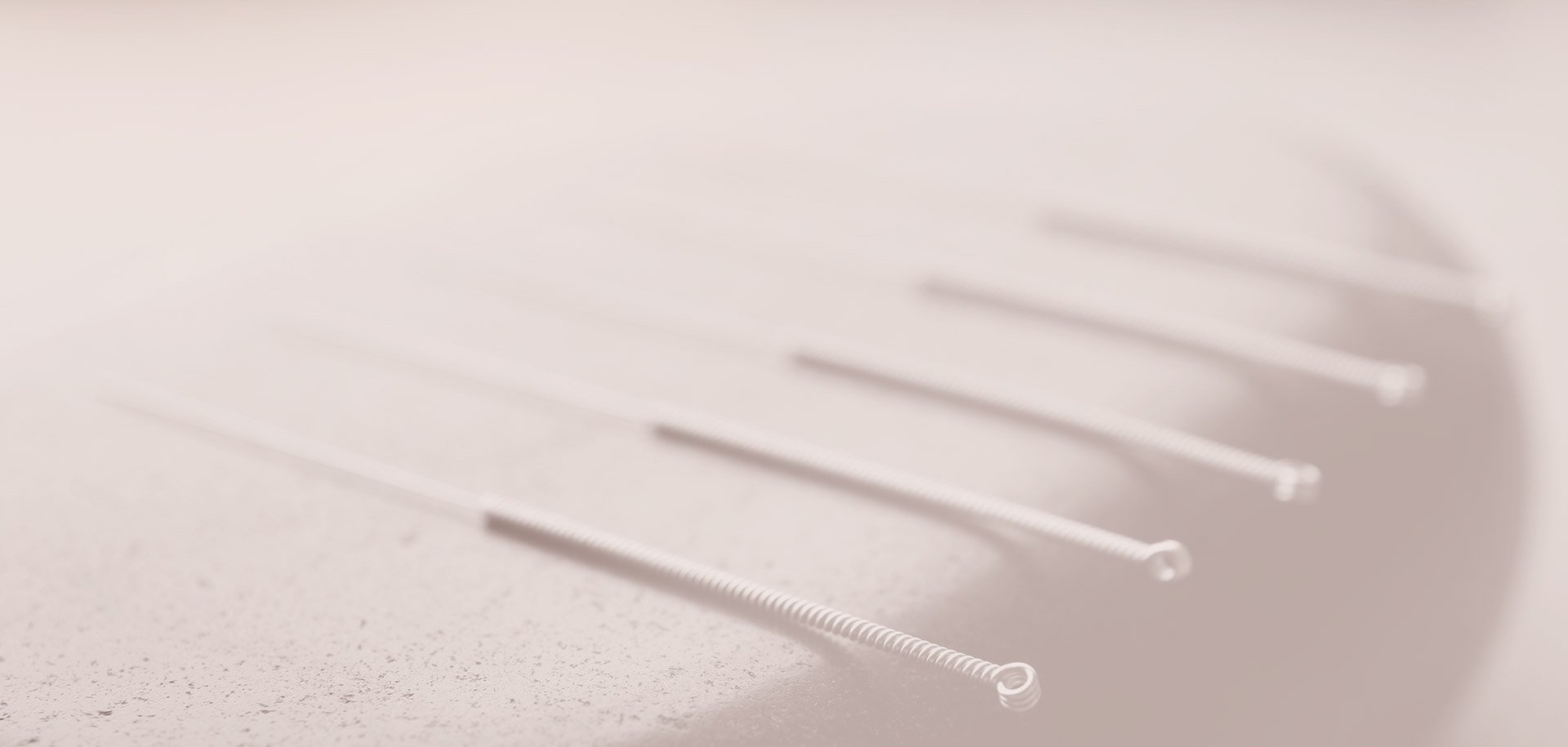Understanding the Women Ovulation Cycle
The women ovulation cycle is a crucial aspect of female reproductive health. It refers to the monthly cycle that prepares a woman's body for pregnancy. Typically lasting around 28 days, this cycle is divided into several key phases, each playing a vital role in fertility and hormonal balance.
Phases of the Women Ovulation Cycle
1. Menstrual Phase
The menstrual phase marks the beginning of the cycle. During this phase, the uterine lining sheds if fertilization has not occurred, leading to menstrual bleeding. This phase usually lasts between 3 to 7 days.
2. Follicular Phase
The follicular phase overlaps with the menstrual phase and continues until ovulation. During this phase, follicle-stimulating hormone (FSH) promotes the growth of ovarian follicles, each containing an immature egg. Estrogen levels rise, leading to the thickening of the uterine lining to prepare for potential implantation.
3. Ovulation Phase
Ovulation occurs around the middle of the cycle, typically on day 14 in a 28-day cycle. A surge in luteinizing hormone (LH) triggers the release of a mature egg from the ovary into the fallopian tube. This is the most fertile period, offering the highest chance of conception.
4. Luteal Phase
Following ovulation, the luteal phase begins, lasting approximately 14 days. The ruptured follicle transforms into the corpus luteum, which secretes progesterone to support a potential pregnancy. If fertilization does not occur, hormone levels drop, leading to the next menstrual phase.
Tracking and Managing the Ovulation Cycle
Monitoring the ovulation cycle can help women understand their fertility patterns and overall health. Methods such as basal body temperature tracking, ovulation predictor kits, and menstrual cycle apps can provide insights into hormonal changes and ovulation timing.
For more information on women's reproductive health and ovulation cycle management, visit Phases Medical Centre, a trusted resource for women's healthcare.


